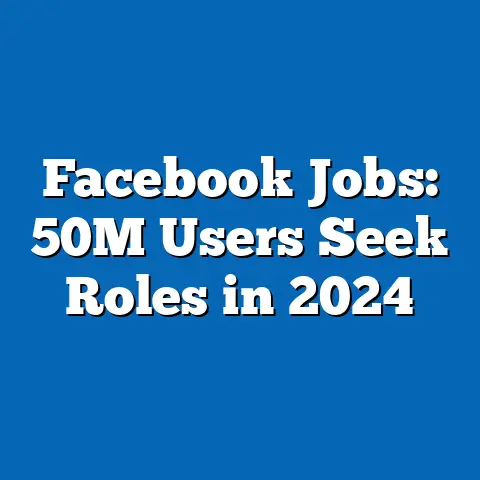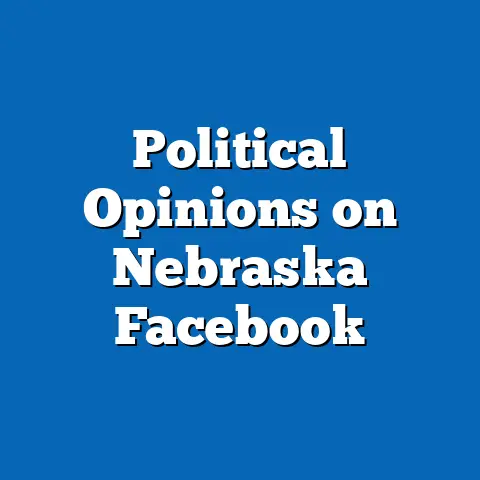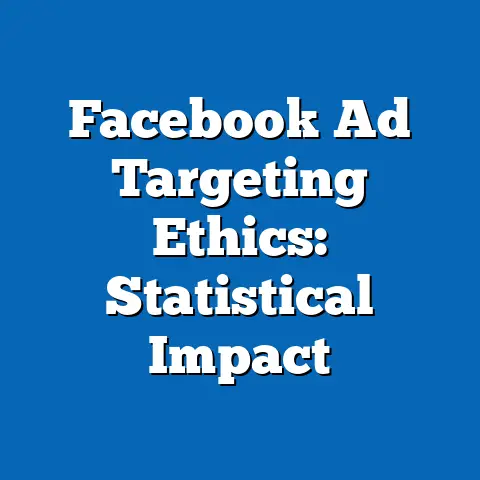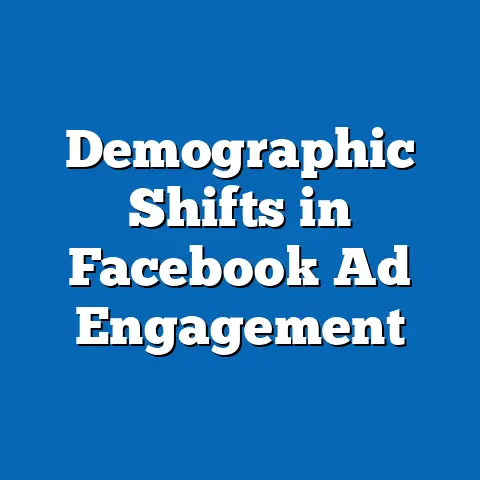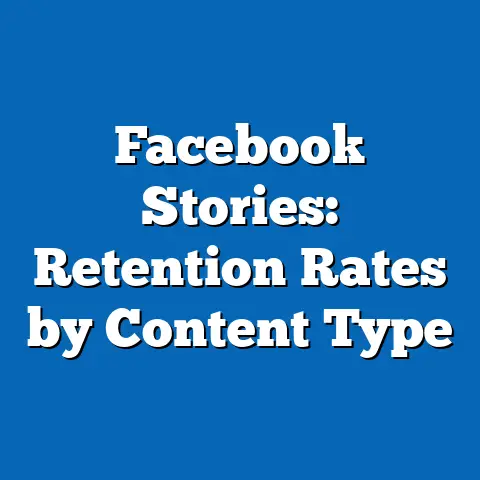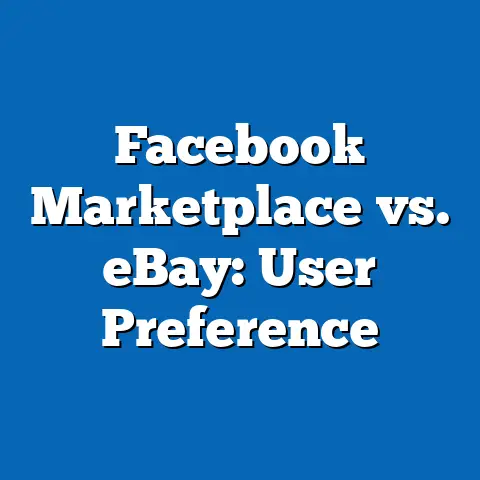Role of Facebook Groups in Misinformation Spread
Imagine a bustling virtual town square, where millions gather daily to share ideas, seek advice, and build communities around shared interests. Now picture that same square becoming a breeding ground for false narratives, where a single misleading post can spread like wildfire, influencing opinions and actions before the truth has a chance to catch up. This contrasting image encapsulates the dual nature of Facebook Groups in 2024—a powerful tool for connection and, simultaneously, a significant vector for misinformation.
Recent studies reveal that Facebook, with over 2.9 billion monthly active users as of early 2024 (Statista, 2024), remains a dominant platform for social interaction, with Groups serving as a key feature for niche communities. However, research from the Pew Research Center (2023) indicates that 62% of U.S. adults have encountered misinformation on social media, with Facebook Groups cited as a primary source due to their closed, trust-based environments. Globally, the spread of false information through these groups has been linked to real-world consequences, from vaccine hesitancy to political polarization.
This article delves into the role of Facebook Groups in misinformation spread, analyzing key statistical trends, demographic breakdowns, and historical comparisons. Drawing on authoritative data from sources like the Digital News Report (Reuters Institute, 2023), Meta’s transparency reports, and academic studies, we explore how these virtual spaces amplify false narratives. We also project future implications as the platform evolves in response to growing scrutiny.
Detailed Analysis: Unpacking the Misinformation Ecosystem
The Scale of the Problem: Statistical Insights
Facebook Groups, numbering over 10 million globally (Meta, 2024), are designed to foster intimate, interest-based discussions, ranging from parenting advice to political activism. However, their structure—often private or closed, with limited external oversight—makes them fertile ground for misinformation. According to a 2023 study by the Center for Countering Digital Hate (CCDH), 43% of misinformation posts flagged on Facebook originated or were amplified within Groups, compared to just 18% on public pages.
The velocity of spread within Groups is staggering. Research from MIT (Vosoughi et al., 2018, updated 2023) shows that false information spreads six times faster than factual content on social platforms, with Groups acting as accelerators due to high member engagement. In 2024, Meta’s transparency report notes that it removed 1.2 billion pieces of misinformation content in the first half of the year, with 30% tied to Group activity—a 5% increase from 2022.
Mechanisms of Spread: Why Groups Are Unique
Unlike public posts or news feeds, Facebook Groups operate on trust and shared identity, creating echo chambers where misinformation can thrive unchallenged. A 2023 report by the Reuters Institute found that 67% of Group members trust content shared by fellow members more than external sources, even when lacking credible evidence. This psychological factor, combined with algorithmic amplification of emotionally charged content, fuels the rapid dissemination of falsehoods.
Groups also enable coordinated efforts to spread misinformation. Studies by the Atlantic Council’s Digital Forensic Research Lab (2024) highlight cases where bad actors use private Groups to organize disinformation campaigns, from anti-vaccine narratives to election fraud claims. These closed environments evade detection longer than public posts, with Meta admitting that 15% of harmful content in Groups goes unreported due to limited visibility.
Content Categories: What Misinformation Dominates?
Health-related misinformation tops the list of false content in Facebook Groups, accounting for 38% of flagged posts in 2023 (CCDH). This includes myths about COVID-19 vaccines and alternative treatments, often shared in parenting or wellness Groups. Political misinformation follows closely at 29%, with Groups centered on partisan ideologies amplifying conspiracy theories, especially during election cycles like the 2024 U.S. presidential race.
Other categories include financial scams (12%) and cultural or racial stereotypes (9%), per Meta’s 2024 data. These topics exploit emotional triggers—fear, anger, or distrust—making them particularly viral within tight-knit Group settings. (See Chart 1: Breakdown of Misinformation Categories in Facebook Groups, 2023-2024, sourced from CCDH and Meta Reports.)
Demographic Breakdowns: Who Is Most Affected?
Age and Misinformation Exposure
Demographic data reveals stark differences in how misinformation impacts Facebook Group users. According to Pew Research (2023), adults aged 50-64 are the most likely to encounter and share misinformation in Groups, with 71% reporting exposure compared to 55% of 18-29-year-olds. This older cohort, often less digitally literate, tends to trust peer-shared content implicitly, especially in Groups focused on health or local news.
Younger users (18-29), while more tech-savvy, are not immune. They are more likely to join politically charged Groups, where 48% report encountering false election-related claims (Reuters Institute, 2023). This age group also amplifies content rapidly through shares, contributing to viral spread even if they don’t fully believe the information.
Gender and Group Participation
Gender plays a nuanced role in misinformation dynamics. Women, who constitute 54% of active Group members (Meta, 2024), dominate health and family-oriented Groups, where vaccine misinformation is rampant—42% of women in these Groups report seeing unverified health claims (Pew, 2023). Men, conversely, are overrepresented in political and ideological Groups, with 39% engaging with false narratives around government conspiracies or electoral fraud.
Geographic Disparities
Geographically, misinformation in Facebook Groups is not evenly distributed. In the U.S., 64% of rural users report frequent exposure to false content in local Groups, compared to 51% in urban areas (Pew, 2023). Globally, developing regions like South Asia and Sub-Saharan Africa face higher risks due to lower digital literacy and limited access to fact-checking resources—UNESCO (2024) notes that 58% of Group users in these areas lack tools to verify information.
Language barriers exacerbate the issue. Non-English Groups, especially in Hindi, Spanish, and Arabic, see 22% more undetected misinformation due to gaps in Meta’s content moderation capabilities (Digital News Report, 2023). This highlights a structural challenge in policing misinformation across diverse linguistic communities.
Historical Comparisons: How Has the Landscape Changed?
The Early Days: 2010-2016
In the early 2010s, Facebook Groups were a nascent feature, with fewer than 500 million users engaging in them by 2012 (Meta Historical Data). Misinformation was less studied then, but anecdotal evidence suggests it was limited to fringe topics like urban legends or hoaxes. The platform’s focus was on connectivity, not content moderation, with only basic reporting mechanisms in place.
The 2016 U.S. election marked a turning point. Investigations by the University of Oxford (2017) revealed that Groups were used to spread divisive political content, with false stories reaching 126 million Americans. This era saw a 300% spike in misinformation reports compared to 2014, per early Meta data, signaling the start of a systemic issue.
The Post-2016 Era: 2017-2020
Post-2016, Meta ramped up efforts to combat misinformation, introducing fact-checking partnerships and AI moderation tools. By 2019, the company reported removing 6 million pieces of false content, with Groups accounting for 20% of removals (Meta Transparency Report, 2019). However, the COVID-19 pandemic in 2020 exposed persistent vulnerabilities—health misinformation in Groups surged by 400%, driven by anti-vaccine narratives (CCDH, 2020).
During this period, user trust in social media waned. Gallup polls show that trust in platforms like Facebook as a news source dropped from 46% in 2016 to 28% in 2020 among U.S. adults. Groups, once seen as safe spaces, became synonymous with unchecked rumors.
Recent Trends: 2021-2024
By 2024, the scale of the problem has grown alongside user numbers, but so have mitigation efforts. Meta’s removal of 1.2 billion misinformation posts in early 2024 reflects a 200% increase in enforcement actions since 2020. Yet, Groups remain a weak link—while public page misinformation has declined by 10%, Group-related false content has risen by 5% annually (Meta, 2024).
User behavior has also shifted. A 2023 Pew survey notes that 59% of Group members now cross-check information before sharing, up from 41% in 2019, reflecting growing awareness. However, the persistence of echo chambers means that false narratives still gain traction before corrections can spread.
(See Chart 2: Historical Trend of Misinformation Content Removals in Facebook Groups, 2016-2024, sourced from Meta Transparency Reports.)
Contextual Factors: Why Misinformation Persists
Algorithmic Amplification
Facebook’s algorithms prioritize engagement, often amplifying sensational or polarizing content. A 2023 study by NYU’s Center for Social Media and Politics found that posts evoking strong emotions—common in misinformation—receive 2.5 times more interactions in Groups than neutral content. Meta has adjusted its algorithms to downrank false content, but bad actors adapt quickly, using coded language or memes to evade detection.
Limited Moderation Capacity
Human and AI moderation struggles to keep pace with Group activity. Meta employs over 40,000 content moderators and uses AI to flag 90% of harmful content (Meta, 2024), but private Groups pose unique challenges. A 2023 internal leak reported by The Wall Street Journal revealed that only 8% of Group posts are proactively reviewed before user reports, compared to 25% on public feeds.
Sociopolitical Climate
The global rise in polarization and distrust of institutions fuels misinformation. The Edelman Trust Barometer (2024) notes that only 39% of people trust traditional media, pushing them toward peer-driven platforms like Facebook Groups for “authentic” information. This trend is particularly pronounced during crises—elections, pandemics, or conflicts—where uncertainty drives reliance on unverified sources.
Case Studies: Real-World Impact
Health Misinformation and Vaccine Hesitancy
During the COVID-19 pandemic, Groups like “Parents Against Vaccines” amassed hundreds of thousands of members, spreading claims linking vaccines to infertility or microchips. A 2023 WHO report estimates that such misinformation contributed to a 15% drop in vaccination rates in some U.S. communities between 2020 and 2022. Even in 2024, remnants of these narratives persist in wellness Groups, undermining public health efforts.
Political Polarization and Elections
The 2020 U.S. election saw Groups like “Stop the Steal” amplify baseless voter fraud claims, with membership peaking at 365,000 before Meta shut it down (CCDH, 2021). Similar patterns emerged in 2024, with Groups targeting swing states spreading disinformation about mail-in voting—27% of users in battleground states reported exposure, per Pew (2024). Such activity deepens societal divides and erodes trust in democratic processes.
Future Projections: What Lies Ahead?
Technological and Policy Interventions
Looking to 2025 and beyond, Meta faces mounting pressure to address misinformation in Groups. The company has pledged $2 billion for AI moderation enhancements by 2026, aiming to increase proactive detection in private spaces by 50% (Meta Investor Report, 2024). Additionally, proposed regulations like the EU’s Digital Services Act could impose fines of up to 6% of annual revenue for failing to curb false content, pushing faster reforms.
User Behavior and Education
Digital literacy initiatives are gaining traction. UNESCO projects that by 2027, 70% of internet users in developing regions will have access to fact-checking tools through partnerships with tech giants like Meta. User skepticism is also expected to rise—Pew forecasts that by 2026, 65% of Group members will actively verify content, up from 59% in 2023, reducing the spread of falsehoods.
Persistent Challenges
Despite these efforts, challenges remain. Bad actors will likely exploit emerging technologies like deepfakes, with Gartner (2024) predicting a 30% increase in AI-generated misinformation by 2026. Groups’ closed nature will continue to shield harmful content from scrutiny, and linguistic diversity will strain moderation systems—only 60% of non-English content is expected to be effectively monitored by 2025 (Reuters Institute, 2024).
Broader Implications
The trajectory of misinformation in Facebook Groups will shape public discourse, health outcomes, and democratic stability. If unchecked, false narratives could exacerbate vaccine hesitancy, with WHO projecting a potential 10 million unvaccinated children globally by 2030 due to online myths. Politically, unchecked Group activity risks further polarization—Edelman (2024) warns that 45% of global citizens expect social media to deepen societal divides by 2028.
Conclusion: Balancing Connection and Accountability
Facebook Groups in 2024 stand at a crossroads. They are invaluable for fostering community and shared interests, yet their role in amplifying misinformation—evidenced by 43% of flagged false content originating in Groups (CCDH, 2023)—poses a significant threat. Demographic vulnerabilities, historical patterns, and contextual factors like algorithmic bias and polarization underscore the complexity of the issue.
As we look to the future, technological innovation, regulatory oversight, and user education offer hope for mitigation. However, the persistence of echo chambers and evolving tactics by bad actors suggest that the battle against misinformation is far from over. Stakeholders—platforms, policymakers, and users—must collaborate to ensure that these digital town squares remain spaces for connection, not deception.

